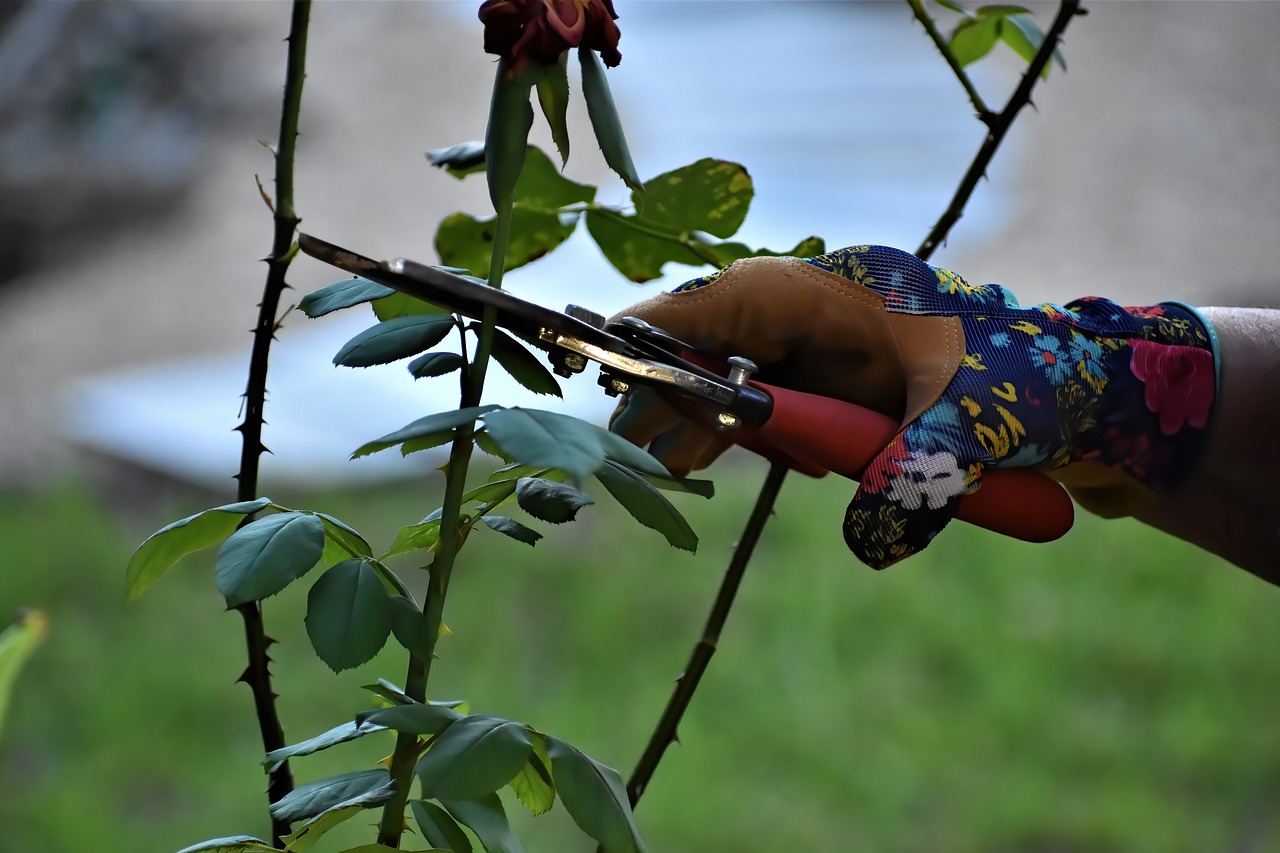
Plant propagation from cuttings
Plant propagation is an important gardening skill for anyone to learn. Not only can you use this skill for plants in your garden, but for potted plants too. It’s also really great if you have a friend or loved one who fancies a particular plant of yours and you want to help them grow one of their own. So, keep these steps in mind.
The perfect cut
When it comes to effective plant propagation, there really is such a thing as a right and wrong way to cut. The way you cut the plant will depend on the type of plant itself. Here are some of the main ways to cut:
- Stem cutting works on multi-stemmed plants like philodendron, pothos and tradescantia. Cut off a stem that is 3 – 5 inches in length. It should be a top or side branch of the plant and you should snip where the leaf meets the stem. For future reference, this is known as a node. You will then need to remove the leaves and dip the end in some rooting hormone to help it grow.
- Leaf-cutting is a great option if you have succulents, snake plants or air plants. You will need to cut the leaf and then allow the edges to dry out for a couple of days before you proceed.
- Leaf with petiole cuttings are excellent for certain plants like kalanchoe. Look for a healthy leaf, with about an inch of petiole. Cut the petiole with a sharp instrument and clean it out completely.
- Leaf sections is not always the most effective option but it can be successful for plants like certain begonias and African Violets. Using a section of a leaf and with a lot of care, you can grow an entirely new plant.
- Root cuttings are good for plants that are too large for their pot. Root division requires that divide the entire plant into smaller pieces but make sure you keep the root intact. It can only be done if each section of the plant has its own root ball or root system. If not, this could do more harm than good. Roots can be placed in water first or they can be placed directly in the soil.
Water time
Once you have your plant clippings, the next step in plant propagation is to provide a source of water. It is best to use bottled spring water or, if you have a well or a means of collecting rain water, this is excellent too. Place the cutting in a glass vase along with some water. Make sure that you replace the water every couple of days and wash the vase with some mild soap to ensure there is no build up of bacteria or anything else in that vase. When you have a propagated plant, you will know since it will start to sprout roots.
Ready to plant
After approximately 4 – 6 weeks, your cutting should be ready to plant. Remember, plant propagation is not a sprint but rather a marathon so don’t try to rush the process. Avoid planting your cuttings as soon as you spot some roots. You should give them time to really develop before placing them in some fresh potting soil.
Once you become an expert at plant propagation, you can use the techniques you have learned to multiply your plants and share them with your friends and family. It’s also really great to be able to increase your number of plants without having to buy plants every time.
